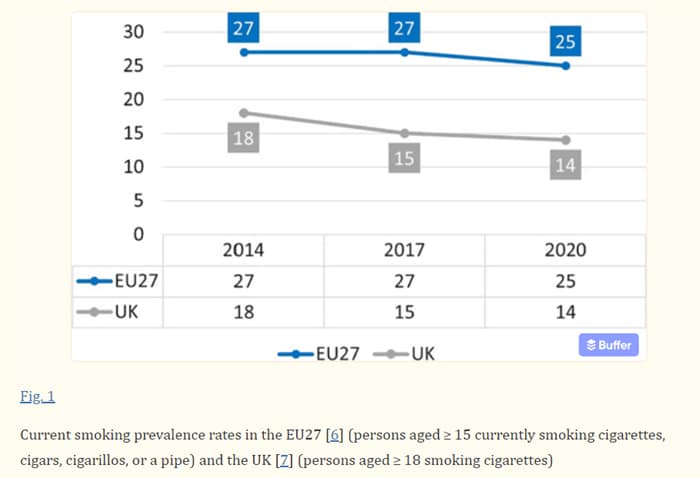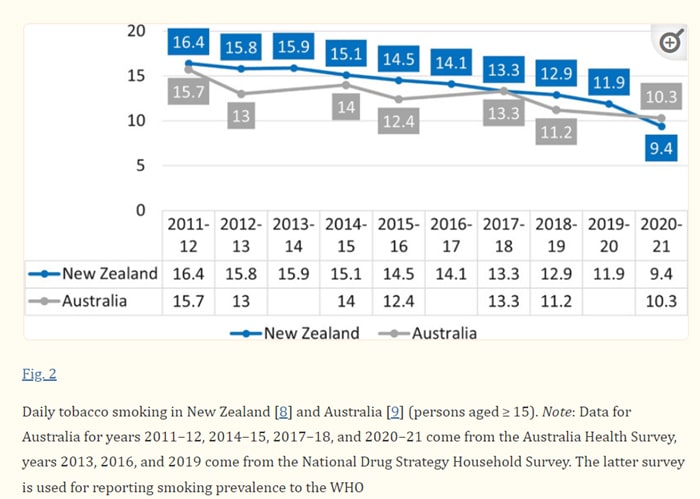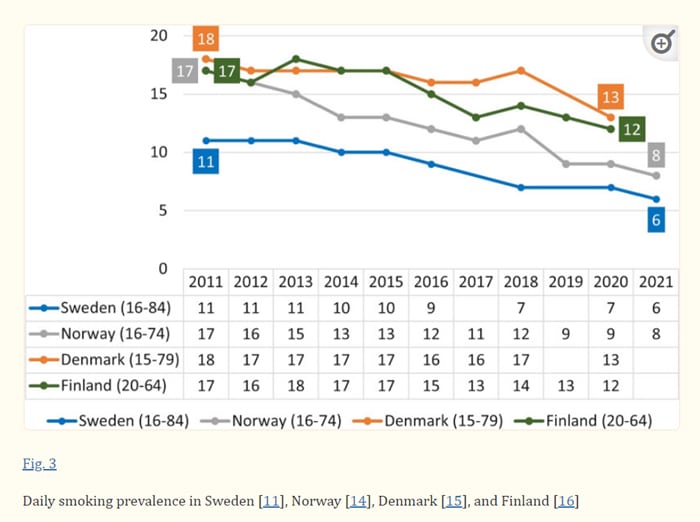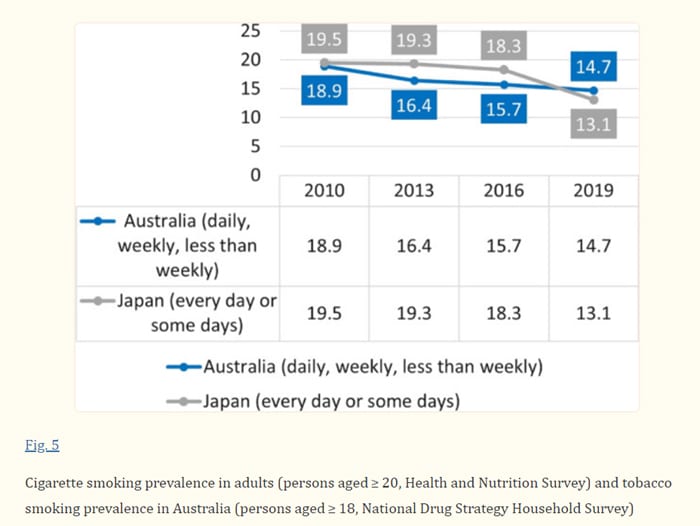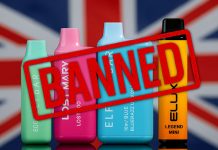A report published on the NCBI (National Center for Biotechnology Information) website examines whether alternative nicotine products are really impacting the number of smokers.
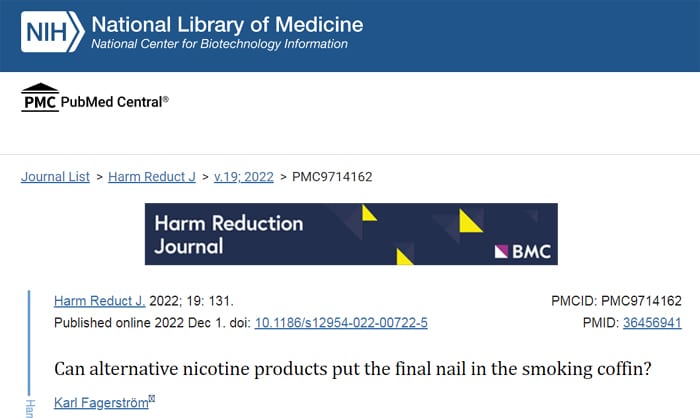
You can download the PDF document here https://www.ncbi.nlm.nih.gov/pmc/articles/PMC9714162/pdf/12954_2022_Article_722.pdf. Or read an online version here https://www.ncbi.nlm.nih.gov/pmc/articles/PMC9714162/.
Study Background
The review looks into the evolution of smoking prevalence in countries who have embraced ANP (Alternative Nicotine Products) such as vapes, HNB (Heat Not Burn – heated tobacco) and Snus.
These results are compared to countries where alternative tobacco is less prevalent.
High adoption of ANP countries include the UK, Sweden, Norway, Japan and New Zealand. Lower ANP countries include the 27 EU Countries, Denmark, Finland and Australia.
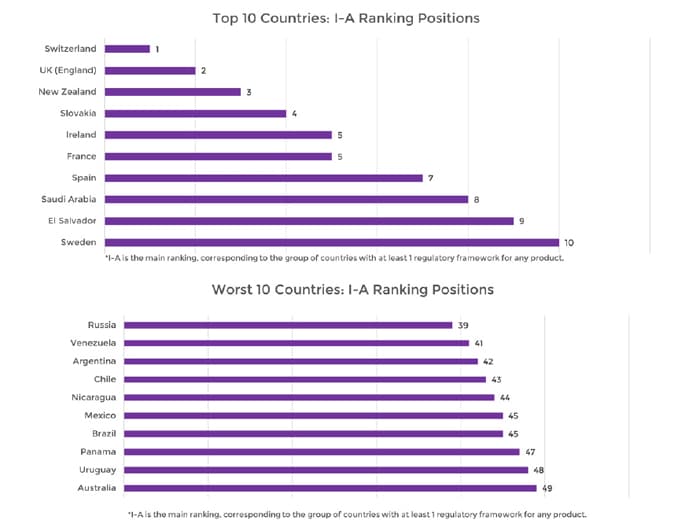
Most of the data was collected from large representative national surveys into smoking prevalence reported to the WHO (World Health Organisation).
Results
The review findings suggest that countries who adopt ANP are able to achieve lower smoking rates.
“The findings suggest that adoption of alternative nicotine products may help in reduce smoking prevalence faster than traditional tobacco control measures solely focused on prevention and cessation.”
The UK got a mention as having the largest decline in smoking rates at 14% in 2020. The UK was already lower than the EU countries in 2014 and 2017.
Looking further afield – New Zealand with a more welcome approach to vaping had a faster declining rate of smoking compared to Australia who is quite hostile to vaping.
When it comes to Snus there are different results.
The UK, New Zealand and Australia all prohibit the sale of Snus however it is embraced by Sweden and Norway who are seeing huge declines in smoking rates. However Denmark and Finland also prohibit Snus and you can see the impact in this diagram below.
HNB is pretty popular in Japan and their smoking rates are lower than Australia who have stricter tobacco control policies!
Conclusions
The report states…
“The data reviewed in this paper indicate that substitution of combusted tobacco products with alternative nicotine products may contribute to lower smoking rates. This is supported by the lower smoking prevalence in countries with relatively high uptake of alternatives compared to neighboring countries with lower use of these products. The findings indicate that more rapid adoption of alternative nicotine products may help reduce smoking prevalence faster than traditional tobacco control measures focused on prevention and cessation alone.”
The fact that countries who welcome ANP are showing declines in smoking rates seems to prove that people are open to nicotine alternatives to help them quit smoking.
Also I love this dig at the WHO – who are quite “anti-vaping”…
“The WHO should be leading the way in proposing bold actions to eradicate smoking, but unfortunately it is not. Instead, it is solely relying on the FCTC treaty mechanism and MPOWER measures that have not accelerated global progress in reducing cigarette consumption or tobacco mortality “
The report concludes with the line…
“Clearly, bolder policies—including endorsement of harm reduction—are needed to put the final nail in the smoking coffin.”
A sentiment we can all agree on!
